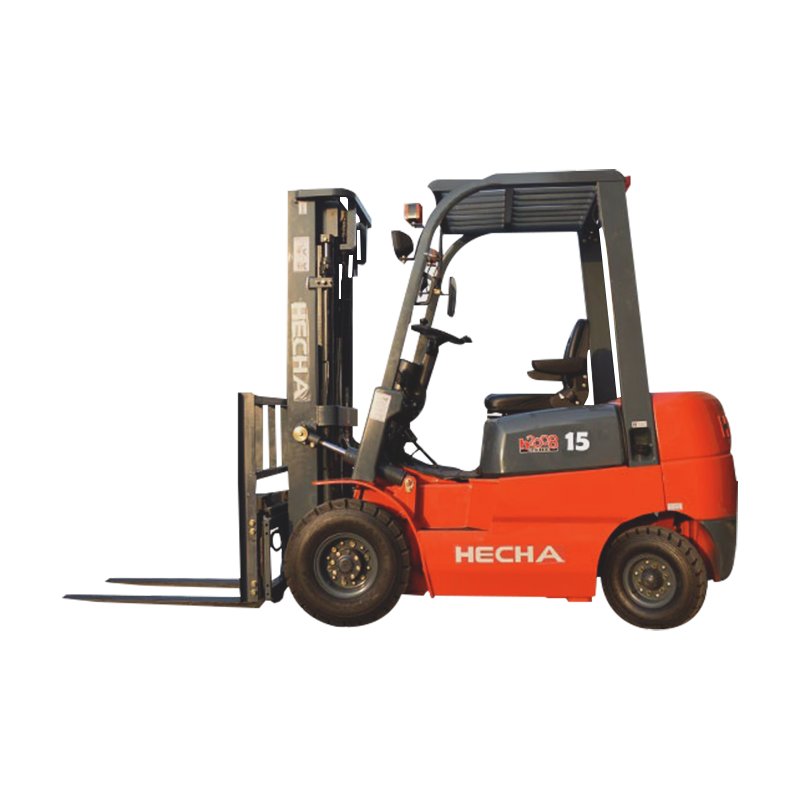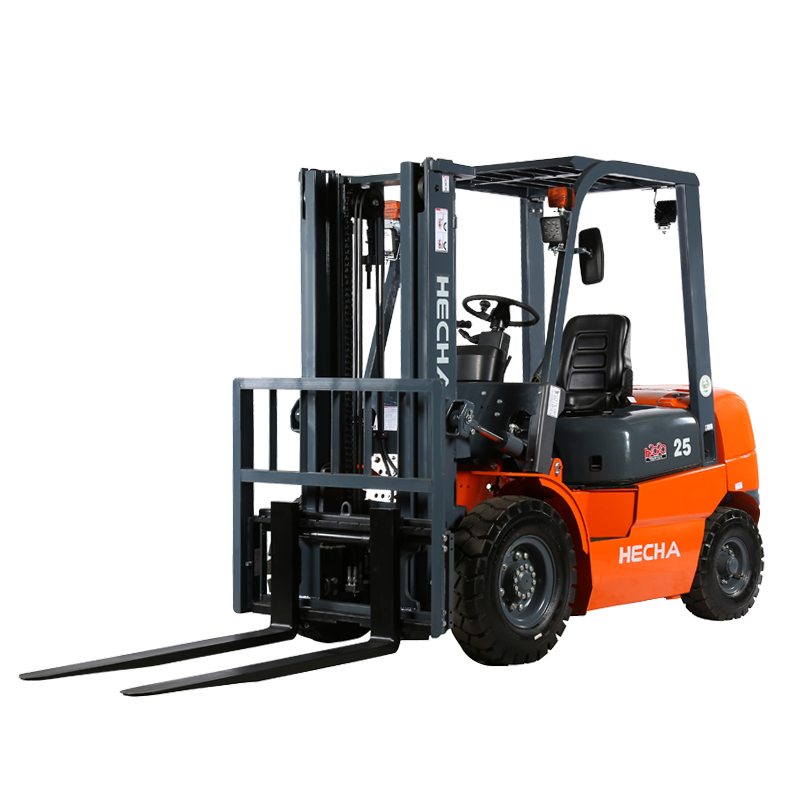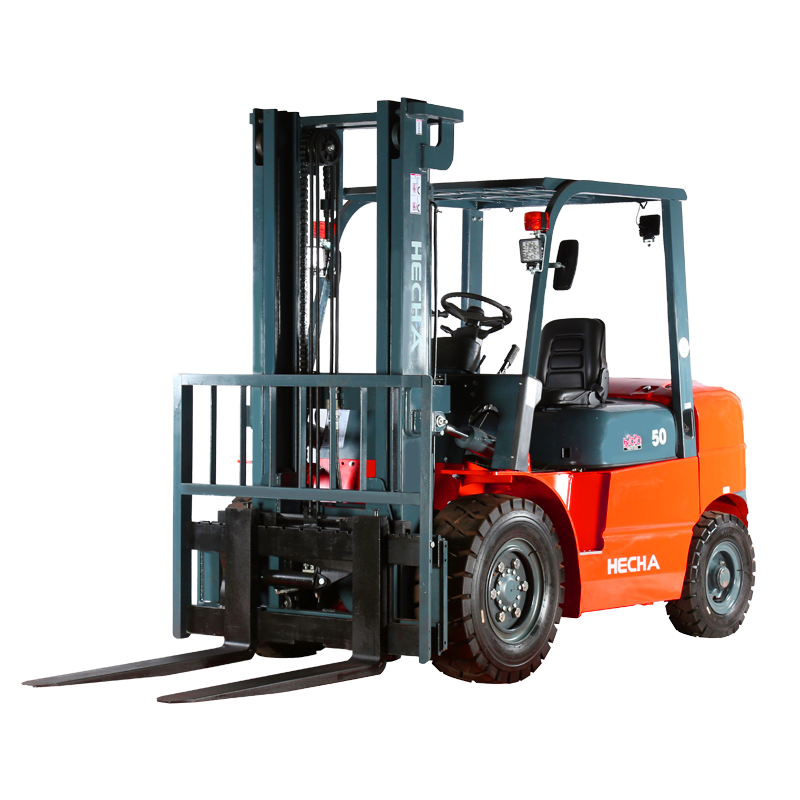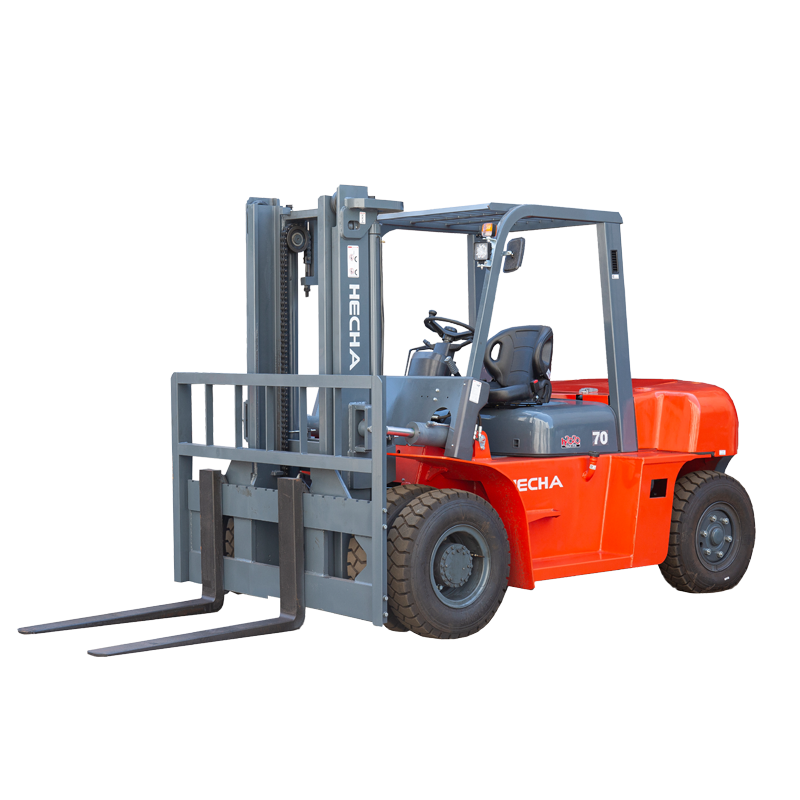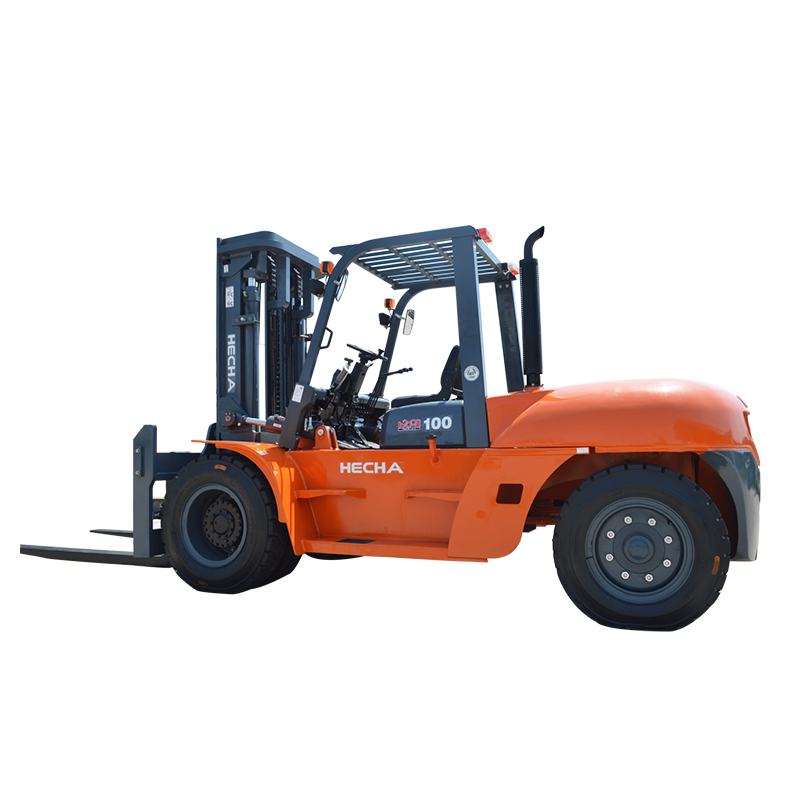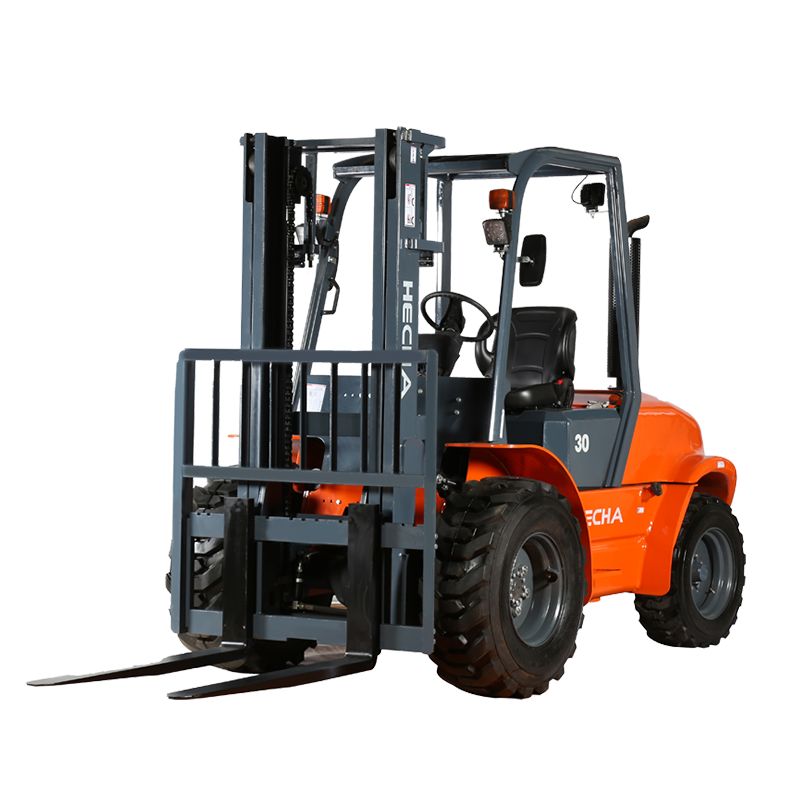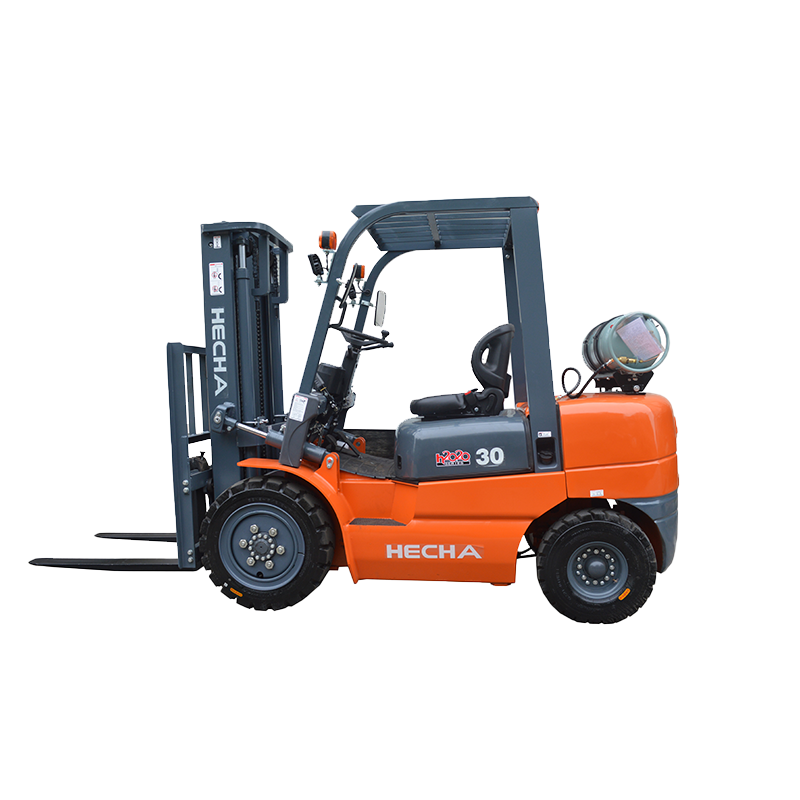In the bustling environment of modern warehouses, distribution centers, and manufacturing facilities, the efficient movement of palletized goods is a cornerstone of productivity. Two of the most common pieces of equipment employed for this task are the manual pallet jack and the all-electric pallet stacker. While they may seem to serve a similar basic function—transporting and lifting pallets—the fundamental differences between them are profound. Understanding these distinctions is not merely an academic exercise; it is a critical step in making an informed capital expenditure that can impact operational efficiency, labor management, and overall profitability.
Defining the Core Technologies
To understand their differences, one must first grasp the basic operational principles of each piece of equipment. The core technology underpinning each machine dictates its capabilities, limitations, and ideal use cases.
The Manual Pallet Jack: Human-Powered Simplicity
A manual pallet jack, often referred to as a pallet truck, is a straightforward, non-powered material handling tool. Its operation is entirely dependent on the physical effort of the operator. The key mechanism is a hydraulic pump that is activated by a lever. The operator pumps this lever to raise the forks off the ground, lifting the pallet. To lower the load, a release valve is engaged, which controls the descent of the hydraulic fluid. Movement across the floor is achieved purely by the operator pushing or pulling the equipment. Its design is focused on horizontal transport over relatively short distances on smooth, level surfaces. It is a tool of pure manual material handling, with its primary advantage being simplicity and a low initial acquisition cost.
The All-electric Pallet Stacker: Electrified Efficiency
An all-electric pallet stacker, as the name implies, is a motorized piece of equipment. It is powered by a rechargeable battery pack that drives all its primary functions. This includes an electric drive motor for traction (movement forward and backward) and an electric hydraulic pump for lifting and lowering the load. The operator controls the machine using a control panel, typically located on the handle, which allows for effortless direction changes and lift/lower functions via thumb switches or buttons. This electrification transforms the equipment from a simple tool into a true material handling machine, significantly reducing physical strain and enabling tasks beyond mere transport, most notably stacking. The presence of a power source and motors is the single most significant differentiator, creating a cascade of implications for performance, application, and cost.
A Head-to-Head Comparison of Key Operational Characteristics
The divergence in core technology leads to direct and tangible differences in how these machines perform in a real-world setting. We can break down these operational characteristics into several key areas.
Power Source and Propulsion: Human Effort vs. Electric Motive Power
The most immediately apparent difference for an operator is the method of propulsion. With a manual pallet jack, every movement requires direct physical exertion. Pushing a loaded jack across a warehouse floor, especially on surfaces with minor imperfections or slight inclines, can be physically demanding and lead to rapid operator fatigue. This limits the practical distance for which these jacks are effective and can impact productivity over a long shift.
In contrast, an all-electric pallet stacker eliminates the need for pushing and pulling. The operator simply stands on the platform (in a walk-along model) or rides (in a rider model), and uses the control handle to dictate speed and direction. The electric motor provides consistent power, allowing the stacker to maintain a steady pace regardless of load weight or floor conditions. This represents a fundamental shift from muscle power to electric motive power, which is a cornerstone of ergonomic warehouse equipment.
Lifting and Lowering Mechanisms: Hydraulic Pumping vs. Push-Button Control
The lifting function is another area of stark contrast. A manual pallet jack requires the operator to physically pump the handle to raise the load. The number of pumps required is directly proportional to the weight on the forks. Lifting a full load to its maximum height, typically only around 8 inches for clearance, is a repetitive and tiring task. Lowering is controlled by a lever, requiring careful manipulation to avoid a sudden, damaging drop.
An all-electric pallet stacker, however, uses an electrically driven hydraulic pump. The operator lifts or lowers the forks by simply pressing a button. The action is smooth, controlled, and requires negligible physical effort. More importantly, the lifting height of an all-electric pallet stacker is substantially greater, often reaching 1.6 meters, 2 meters, or more, specifically designed for placing pallets onto shelving, racks, or tables. This powered lifting capability is what enables “stacking,” a function a manual pallet jack cannot perform.
Capacity and Performance Specifications
While both machines are designed to handle standard pallet loads, their performance envelopes are different. The following table illustrates typical specifications for each, highlighting their operational disparities.
| Feature | Manual Pallet Jack | All-electric Pallet Stacker |
|---|---|---|
| Typical Load Capacity | 2,000 - 2,500 kg | 1,000 - 2,000 kg |
| Lift Height | ~8 cm (for transport) | 1.6 m, 2.0 m, 2.5 m+ |
| Travel Speed | Operator’s walking speed | 3 - 5 km/h (fully loaded) |
| Power Source | Operator’s physical effort | Rechargeable battery (e.g., 24V) |
| Primary Function | Horizontal transport | Transport and vertical stacking |
As the table demonstrates, the manual pallet jack often has a higher pure weight capacity but is severely limited in lift height. The all-electric pallet stacker trades some of that maximum weight capacity for vastly superior lift and the ability to be used as a stacking solution. Its consistent travel speed, independent of load, makes it more predictable in dense traffic environments.
Impact on Operational Workflow and Ergonomics
The technical differences between these machines have a direct and significant impact on daily operations, workforce management, and long-term business costs.
Operator Ergonomics and Fatigue Reduction
The ergonomic advantages of an all-electric pallet stacker are substantial. Manual material handling is a leading cause of workplace injury, including strains, sprains, and musculoskeletal disorders. The constant pushing, pulling, and pumping associated with a manual pallet jack places significant stress on an operator’s back, shoulders, and joints. Over a full shift, this leads to cumulative fatigue, which not only poses a health risk but also results in decreased productivity and an increased likelihood of errors or accidents.
By mechanizing the most strenuous tasks, an all-electric pallet stacker dramatically reduces physical strain. Operators experience less fatigue, which can lead to higher morale, better concentration, and sustained productivity throughout the day. This makes the all-electric pallet stacker a key component in a modern, worker-centric safety strategy and can contribute to lower absenteeism and reduced workers’ compensation claims.
Productivity and Throughput
In terms of pure workflow efficiency, the all-electric pallet stacker offers clear benefits for tasks involving anything more than the simplest point-A-to-point-B transport. Its higher travel speed allows operators to cover distances more quickly. The instantaneous push-button lifting eliminates the time spent on repetitive pumping. When the task involves stacking—such as in order picking operations or loading/unloading stillages—the productivity gap becomes immense. An operator with an all-electric pallet stacker can complete multiple lift-and-place cycles in the time it would take a manual jack operator to simply transport a load. This increased throughput directly translates into more goods moved per hour and lower operational costs per pallet.
Application Suitability and Task Scope
The choice between the two machines is largely dictated by the specific application.
A manual pallet jack is perfectly suited for a limited set of tasks:
- Unloading a single pallet from a truck and moving it a very short distance.
- Rearranging pallets on a ground-level warehouse floor.
- Positioning pallets for feeding a production line where no lifting is required.
Its utility is confined to horizontal movement on a single plane.
An all-electric pallet stacker, however, has a much broader scope of application, making it a more versatile warehouse investment. It is the superior choice for:
- Multi-level stacking in storage areas without racking.
- Order picking from floor-level or low-level racking.
- Repeatedly loading and unloading goods from stillages or raised platforms.
- Transporting goods over longer distances within a facility where operator fatigue would be a factor.
- Operations requiring a consistent, predictable work pace from operators.
Economic Considerations: Total Cost of Ownership
The initial purchase price is often the first point of comparison, where the manual pallet jack has a clear advantage. However, a more accurate financial analysis requires considering the total cost of ownership over the equipment’s lifespan.
Initial Acquisition Cost vs. Long-Term Investment
A manual pallet jack is a low-cost tool. Its simple mechanical and hydraulic components result in a low purchase price. An all-electric pallet stacker, with its battery, electric motors, and control circuitry, commands a significantly higher initial investment. This upfront cost can be a barrier for some businesses. However, viewing this cost as a capital investment rather than an expense is crucial. The higher purchase price of an all-electric pallet stacker buys you reduced labor costs, higher throughput, and improved ergonomics.
Labor Efficiency and Operational Costs
This is where the economic argument for electrification becomes compelling. Because a single operator can do more work in less time with an all-electric pallet stacker, fewer operators may be required to achieve the same level of output. Alternatively, the same number of operators can achieve significantly more, allowing the business to scale without a proportional increase in labor—the largest cost in most operations. The value of reduced operator fatigue also has a financial component: less downtime, lower turnover, and reduced costs associated with workplace injuries.
Maintenance and Durability
A manual pallet jack has fewer components that can fail, but its hydraulic seals can wear out, and the forks and wheels are subject to mechanical damage. Maintenance is typically straightforward but can be frequent in high-use environments.
An all-electric pallet stacker has a more complex system. The battery requires care and will eventually need replacement after several hundred charge cycles. The motors and electrical components, while generally reliable, require specialized service if they fail. However, many models are designed for easy maintenance, with accessible components and diagnostic capabilities. The long-term maintenance cost may be higher, but this is often offset by the substantial gains in productivity and labor savings. The key is to factor in these potential costs when calculating the return on investment.
Making the Right Choice for Your Operation
The decision between a manual pallet jack and an all-electric pallet stacker is not a matter of one being universally “better” than the other. It is about selecting the right tool for the specific demands of your operation.
When a Manual Pallet Jack is the Appropriate Choice
A manual pallet jack remains a viable and economical solution for specific, limited scenarios. These include:
- Operations with very low daily pallet movement.
- Businesses with severe budget constraints where the initial purchase price is the primary deciding factor.
- Environments where the sole requirement is horizontal movement over short distances on perfectly level ground, with no need for stacking.
- As a supplementary tool for occasional, ad-hoc tasks alongside a fleet of powered equipment.
When to Upgrade to an All-electric Pallet Stacker
The investment in an all-electric pallet stacker is justified when the operational demands exceed the basic capabilities of a manual jack. You should strongly consider an all-electric pallet stacker if your operation experiences any of the following:
- A high volume of daily pallet moves.
- Tasks that require lifting pallets to any height for stacking, feeding a line, or placing onto racks.
- Challenges with operator fatigue, high turnover, or musculoskeletal injury reports.
- A need to increase throughput without expanding the workforce.
- Longer transport distances within a facility.
- A strategic focus on improving workplace ergonomics and safety.
Conclusion: A Fundamental Shift in Capability and Efficiency
In conclusion, the difference between a manual pallet jack and an all-electric pallet stacker is fundamental. It is the difference between a tool that amplifies human effort and a machine that replaces it for the most strenuous tasks. The manual pallet jack is a simple, cost-effective solution for basic horizontal transport. In contrast, the all-electric pallet stacker is a versatile, powered piece of equipment designed for efficient transport and, crucially, vertical stacking.
The choice ultimately hinges on a careful analysis of your operational needs, volume, and strategic goals. While the manual jack wins on initial price, the all-electric pallet stacker often provides a superior return on investment through significant gains in productivity, ergonomics, and operational versatility. For any business looking to move beyond mere pallet movement and into the realm of efficient, scalable, and worker-friendly material handling, the all-electric pallet stacker represents the logical and economically sound progression.

 English
English 中文简体
中文简体 русский
русский Français
Français Español
Español

